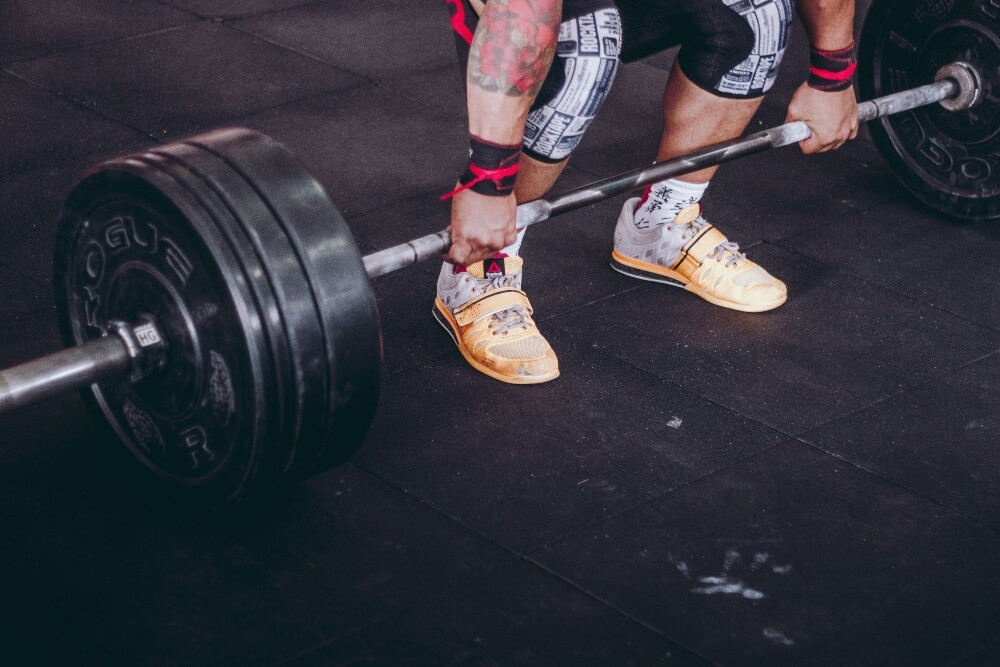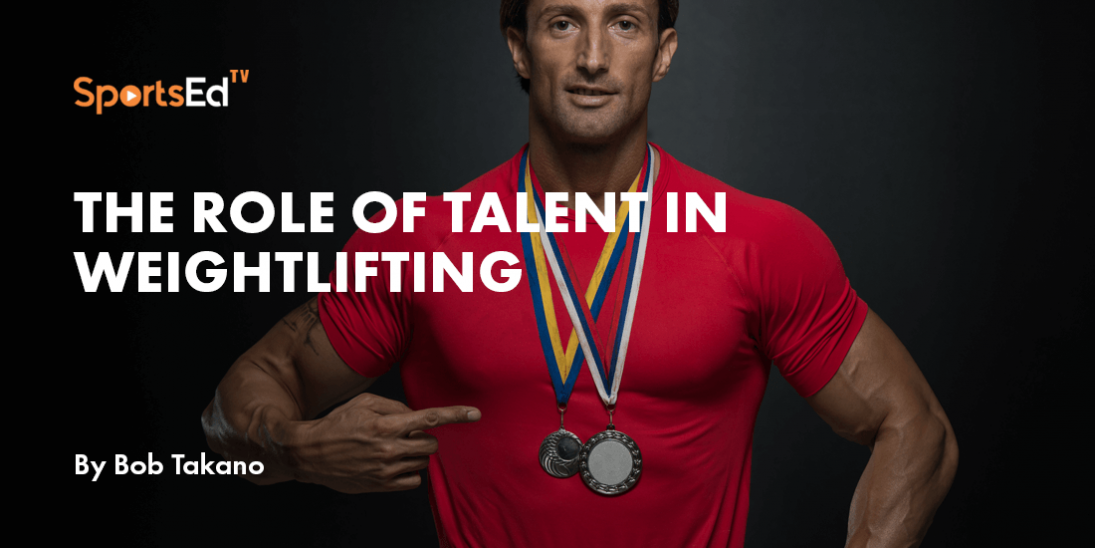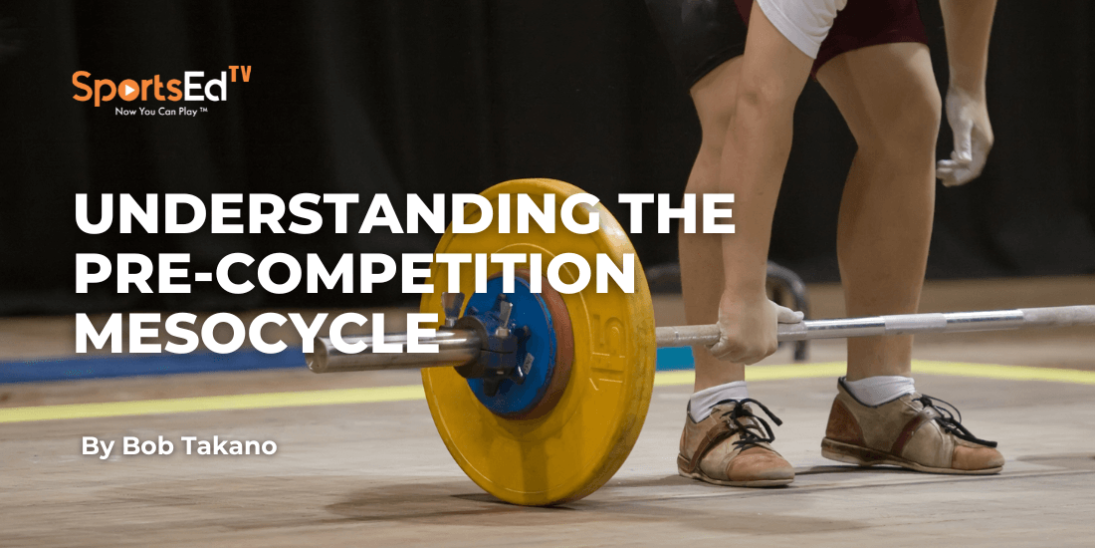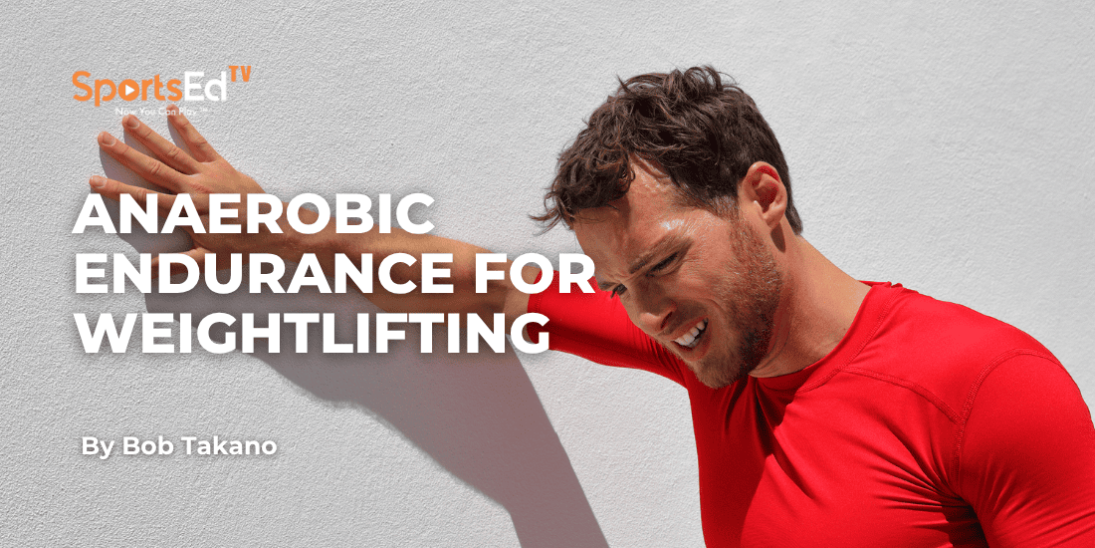Weightlifting
Welcome and thanks for visiting...

Pyrros Dimas – Clean Analysis
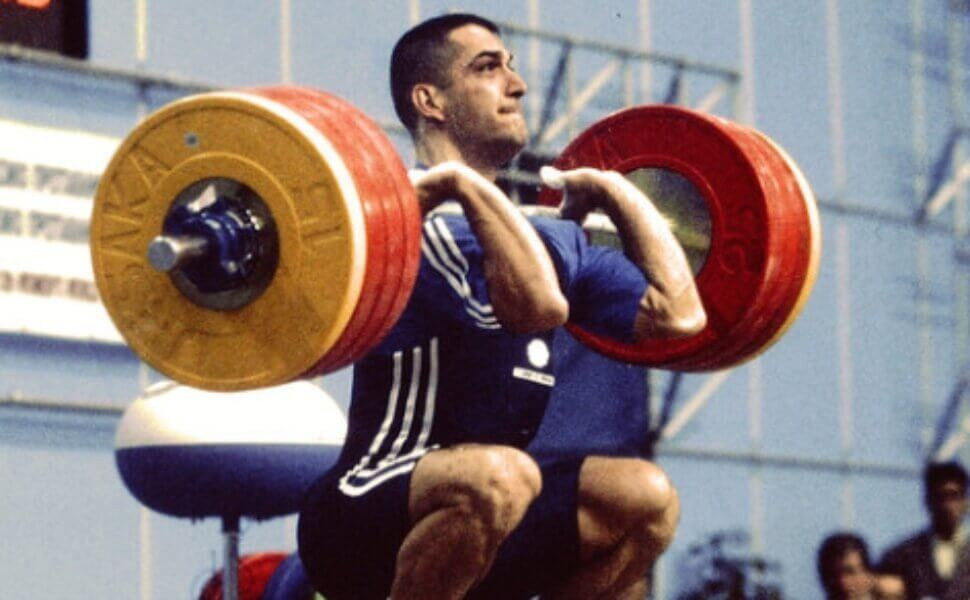
Pyrros Dimas is one of the best weightlifters of all time. Everybody knows that, right? Well, if you didn’t know the name before (which is really hard to believe), you certainly will now! Over his career, he has set numerous World Records and, the most impressive of all, won THREE Gold Medals at the Olympics as well as the Bronze on his valiant attempt at Olympic Gold #4. Not too many lifters can stake claim to 4 Olympic medals. Needless to say, Dimas has been one of my favorite lifters for many years!
Success in weightlifting has to do with three basic components – technique, strength, and flexibility. The proper technique so as to best utilize the rules of physics and efficient biomechanics, the strength to maintain the correct positions that the proper weightlifting technique dictates and the flexibility to get into those correct positions comfortably and consistently.
When you are winning Olympic Gold while setting World Records like Pyrros, you are definitely taking care of all of these components!
Let’s take a look at what his World Record Clean looks like. Keep in mind that when a lifter is in the throes of competition going for maximum weights, sometimes the technique isn’t as sharp or as crisp as with, say, 80-90%. But in this case, we are examining some really nice techniques!
All of his positions are biomechanically sound with excellent speed and meet the bar in the receiving position smoothly and solidly. All of the “key positions” that coaches look for are pretty much classic. At the START and when the bar is at the KNEES, we look for flat back, head neutral, arms straight, and shoulders in front of the bar. Mission accomplished!
But as he passes through the POWER POSITION into EXTENSION, he has a bit of a unique style that needs to be mentioned. We typically will teach the concept that “for every action, there is an equal and opposite reaction”. If the “action” is throwing the head and shoulders back at the top of the pull, the “reaction” will be a swing or horizontal movement of the bar. To keep the bar moving vertically and to keep the bar close to the body throughout, the head should stay neutral and shoulders more vertical elevation.
There are some out there who advocate the big horizontal movement as the most efficient technique for power and maximum weight. They justify their argument by pointing out that, hey, Dimas throws his head back at the top of the pull so it must be OK, right? Well, actually, NO!
Although he does do a bit of a hitch with the head and shoulders at the top of the pull, note that he is still following the rules of biomechanics that we preach. The bar still stays close to the body throughout and the bar stays pretty much over the middle of the foot for maximum vertical bar displacement. For most lifters, the bar will swing out with the head and shoulders whipped back, but it still works correctly for Dimas.
Remember the “10,000-hour” rule? Sometimes we forget that the top lifters have over the years developed their own little idiosyncrasies that work for them, but not necessarily recommended for everyone else to follow that lead. It is wise for coaches to continue to stress biomechanically sound positions to be the safest, most effective way to train. Interestingly, when Dimas himself is asked about his “head throw”, he himself does not teach this or recommend it! He says that although he has developed this hitch, it does not cause bar separation and stays close throughout.
All of that being said, the bar path of this lift is effective and efficient. Right off the floor, the bar comes back toward the middle of the foot as the key positions are held strong and tight. Transitioning from the knees through the power position into full, triple extension, the bar shows the very little horizontal displacement. This powerful vertical extension ends up with the solid “catch”. The transition from the finish of the pull to the receiving position is smooth, meeting the bar with very little “crash” on to the shoulders. The strong recovery doesn’t happen as you see here without that effective bar path.
Thank you SportEdTV for the great Clean video of Pyrros Dimas! This is an awesome educational tool that lifters and coaches would be smart to take advantage of!



